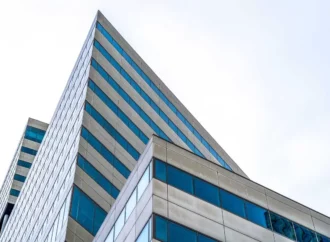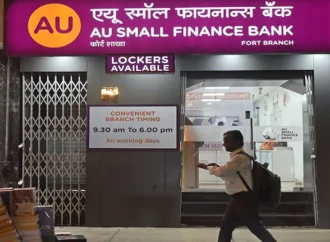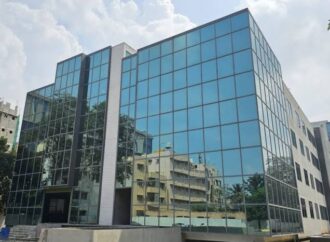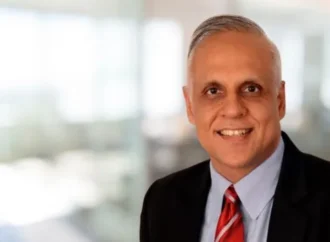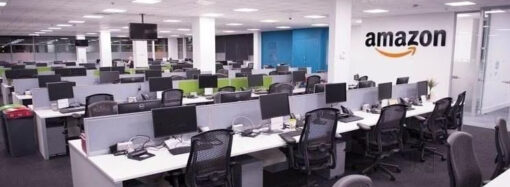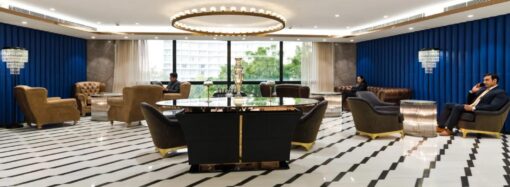Explore five creative strategies to repurpose underutilised office spaces in India. From strategic subleasing to transforming spaces for artists and social initiatives, discover how to add value and engage the community.
The commercial real estate sector in India is experiencing a significant transformation. With the increasing need for flexible workspaces and the shift towards hybrid work models, landlords and corporates are exploring innovative ways to maximise the use of under-utilised office spaces. Here are five creative strategies to breathe new life into these spaces, ensuring better returns, enhanced social value, and a dynamic work environment.
Strategic Subleasing
Strategic subleasing has become popular among owner-occupiers who act as landlords by subleasing extra office space to other firms. This approach helps in recouping costs and generates better returns on investment.
For instance, a leading insurance company in India transformed its expansive headquarters into a multi-tenanted building. The company attracted high-profile tenants by highlighting its sustainability features, such as LEED Platinum certification, electric vehicle charging stations, and rainwater recycling systems. Additional amenities such as a full-service cafeteria, conference centre, golf simulator, and fitness facilities further boosted demand.
Additionally, converting unused office space into managed space, operated by third-party flex operators, allows building owners to generate income without directly managing tenants. These operators lease space from the owner, custom-fit it, and sublease it at an all-inclusive monthly rent to tenants.
Philanthropy and Social Value
With corporate social responsibility (CSR) becoming a cornerstone of business strategies, many companies are dedicating portions of their office spaces to social causes. This enhances community engagement and improves the company’s public image.
A notable example is a global e-commerce firm that partnered with a local non-profit organisation to convert several floors of its Bangalore office into a homeless shelter. This facility includes a separate entrance, a large dining room, an industrial kitchen, recreational spaces, and legal support offices.
In another instance, a leading Indian bank in Mumbai opened its ground floor to host a weekly farmer’s market, benefiting local producers and employees. Similarly, corporates in Delhi are repurposing empty offices and data centres into affordable housing projects, contributing to the city’s housing supply and addressing social issues.
Artist Studios and Temporary Galleries
Transforming vacant office spaces into creative hubs for artists and temporary galleries is gaining popularity. This approach revitalises empty buildings and supports the local art community.
Organisations like the Creative Land Trust partner with landlords to secure studio space for artists. This helps regenerate vacant spaces and provides landlords with property tax benefits for leasing to non-profits.
In Bangalore, a recent initiative saw a commercial building repurposed into an art exhibition space featuring local artists and performers. This event attracted significant footfall, adding vibrancy to the business district. Similarly, in Mumbai, vacant office spaces are being transformed into temporary galleries, showcasing works by emerging artists and fostering a creative community.
Leisure and Entertainment
Integrating leisure and entertainment options into office spaces is another innovative way to keep business districts lively and engaging. This approach appeals to employees and the general public, creating a multifaceted urban experience.
For example, a former office building in Gurgaon has been converted into a mini-golf venue with themed decor and a cafe. This unique space attracts visitors and serves as a popular venue for corporate events and team-building activities.
Additionally, many firms are opening office spaces for local events, networking meet-ups, and weddings. A global music community, Sofar Sounds, frequently hosts intimate after-hours concerts in office spaces, providing a unique cultural experience while using otherwise idle spaces.
Post-Operative Medical Care Facilities
As India’s population ages, there is a growing demand for medical services, particularly post-operative care facilities. Repurposing office spaces for medical use can meet this demand and provide a new revenue stream for building owners.
In Mumbai, a recently vacated office building is transformed into a state-of-the-art post-operative care facility. This centre will feature guest rooms, consultation and treatment areas, dental care facilities, a pharmacy, radiology and MRI suites, a gym, a physiotherapy centre, and a hydrotherapy pool. Such facilities cater to the community’s healthcare needs while efficiently utilising vacant office spaces.
Conclusion
India’s commercial real estate landscape is evolving, and innovative strategies are essential to making the most of underutilised office spaces. By adopting creative approaches like strategic subleasing, philanthropic initiatives, artist studios, leisure activities, and medical care facilities, landlords and corporations can breathe new life into vacant spaces. These strategies enhance the property’s value and contribute positively to the community, creating vibrant and dynamic urban environments.
By staying ahead of these innovative trends, businesses can ensure better returns on investment, foster community engagement, and adapt to the ever-changing demands of the modern workspace.


